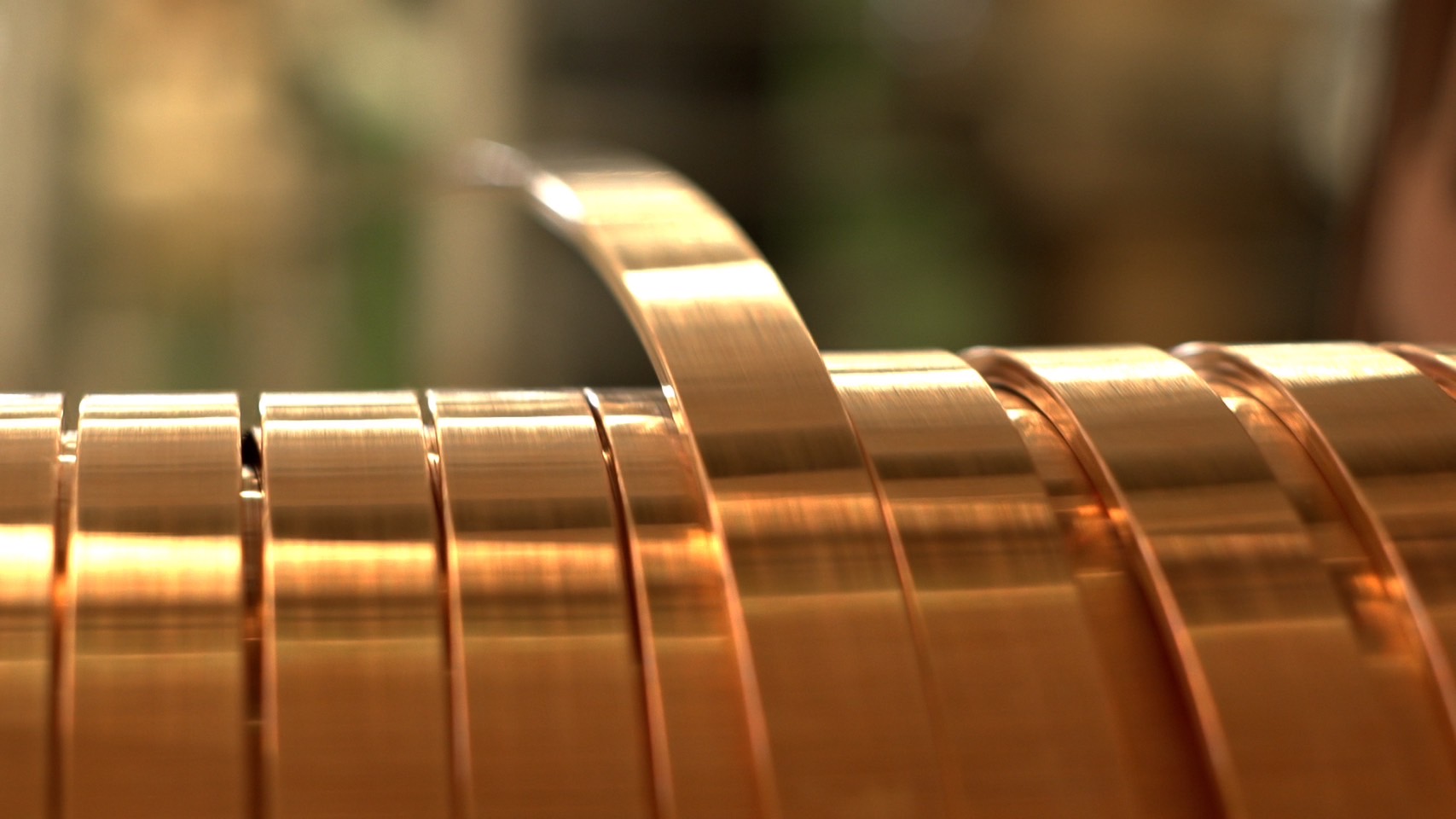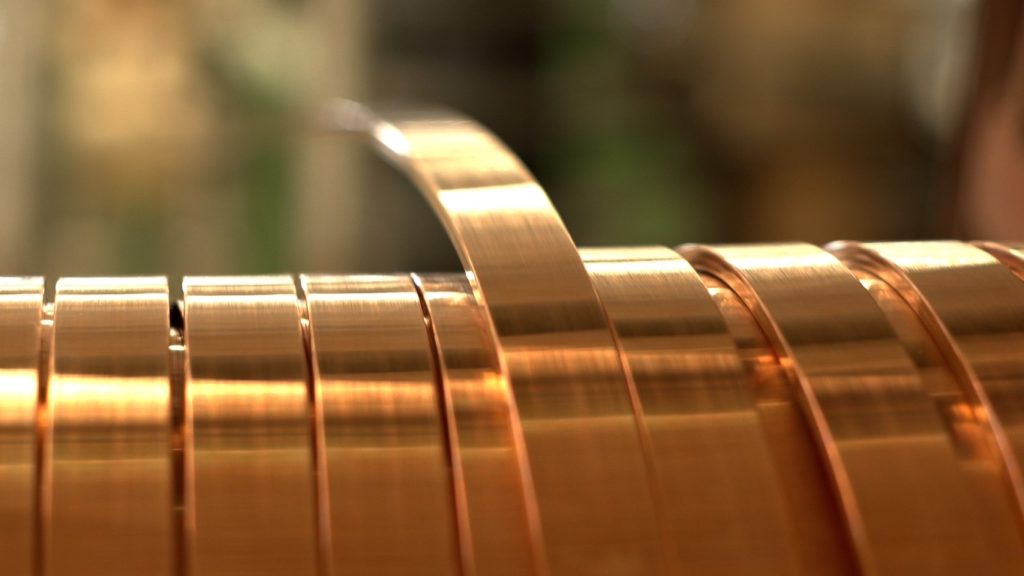A busbar is essentially a common junction point that ties several electrical circuits together. Typically, only a few feeders enter the bar, while many outgoing circuits draw power from it. Because busbars must carry large currents, they are made of highly conductive materials—usually copper or aluminum. The most common profile is a flat rectangular bar, which dissipates heat efficiently and is easy to join to other conductors.
Types of Busbars
1. Bare Busbar (Copper Bar)
A bare busbar has no surface coating or paint on the conductor itself. Because its surface is exposed, it can carry slightly less current than a coated version. Over time, heat from high current plus ambient factors—temperature, humidity inside the panel, airborne contaminants—cause oxidation and residue to build up, especially at joints and connection points. This layer reduces the effective conductive area.
Mitigation: Designers often specify larger cross‑sections or bundle several bars per phase to improve heat dissipation and keep temperatures down.
2. Powder‑Coated Busbar
A powder‑coated busbar has its surface sprayed or dipped in a heat‑conductive, insulating powder coating. The coating:
- Enhances heat dissipation
- Shields the copper/aluminum from direct exposure, reducing oxidation and physical damage
- Allows higher current‑carrying capacity than a bare busbar because it stays cooler under load
As a result, powder‑coated busbars are preferred where higher performance and durability are required.


